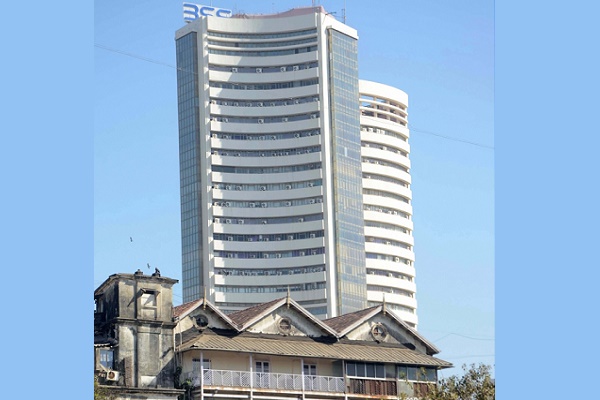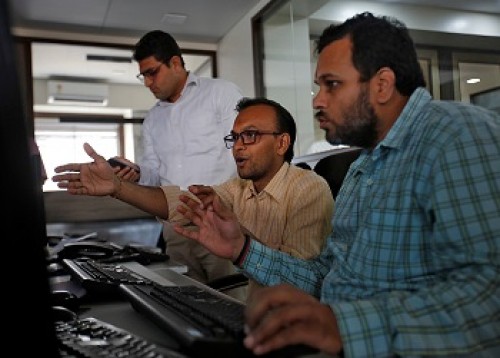Debt Market Outlook : FPI inflows into the bond markets turned positive with USD 1.05 bn of inflows after the negative number in the month of April by Puneet Pal, Head - Fixed Income, PGIM India Mutual Fund

Below the Quote on Debt Market Outlook by Puneet Pal, Head- Fixed Income, PGIM India Mutual Fund
Indian bond yields cooled off in the month of May, as RBI declared a dividend of INR 2.1 tr - almost double the amount which bond markets were expecting. This provides a great deal of flexibility to the central government on the fiscal side. The positive surprise enthused the markets, and bond yields fell, with the benchmark 10 yr bond yield ending the month at 6.98% - below the psychological 7% mark. Earlier in the month, slow government spending due to the general elections had resulted in tighter banking sector liquidity, with a buildup in government surplus. To augment the banking sector liquidity, the government announced buyback of short tenure government bonds and also reduced the issuance amount of treasury bills. The liquidity tightness witnessed during the month, in our view, is temporary as government spending has slowed due to elections and liquidity is likely to normalise after June. Further ‘core’ inflation hit an all-time low of 3.25%, as the headline CPI inflation came in at an 11-month low of 4.3%, though WPI inflation picked up to 1.26% - the strongest since March 2023, influenced by global commodity trends. GDP growth moderated to 7.8% y-o-y in Q1-CY2024, from an upward revised 8.6% in Q4-CY2023 (8.4% previously), while Gross Value Added (GVA growth moderated to 6.3% from an upward revised 6.8% (6.5% previously). The GDP-GVA gap) remained wide, as was the case in the prior quarter, owing to a sharp rise in net indirect taxes. The GDP growth for FY2024 rose to 8.2% y-o-y from 7.0% in FY2023, while GVA growth rose to 7.2% vs. 6.7% in FY2023. Trade deficit for the month of April widened to USD 19 bn, from USD15.6 bn in March, which can be attributed seasonal factors.
Strong GDP growth rate, stable inflation and external position underscore the current strong macroeconomic position of India providing a tailwind for markets. INR was stable during May, ending the month at 83.47. FPI inflows into the bond markets turned positive with USD 1.05 bn of inflows after the negative number in the month of April. On a CYTD basis, FPI flows into debt remain positive at USD 6.76 bn. The yield curve remained flat as demand-supply dynamics are favourable. The OIS curve echoed the bond curve and went lower during the month. The 1 yr OIS was down 3 bps ending the month at 6.85%, while the 5 yr OIS was down by 16 bps during May, ending the month at 6.44%. The 1 yr OIS is not pricing in any rate cuts over the course of the year.
Global bond yields also cooled off with the benchmark US 10 yr bond yield down by 18 bps on back of relatively softer economic data.
Going ahead we believe that RBI is likely to be on a long pause and is likely to start cutting rates only after the developed market central banks start their rate cutting cycle. Given the current growth - inflation dynamics in India, we believe rate cuts will start from Q4-FY2025 onwards. Markets tend to react before the start of a rate cutting cycle, and any retracement in yields offers a good opportunity to investors to increase their allocation to fixed income, as real and nominal yields remain attractive with favourable demand-supply dynamics playing out in the sovereign bond market.
Monthly Fixed Income Table

Above views are of the author and not of the website kindly read disclaimer























